Suggestions for keeping explosion of spring color going
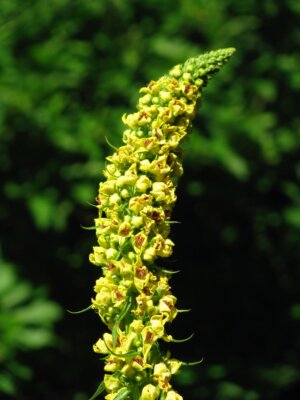 Verbascum chaixii
Verbascum chaixii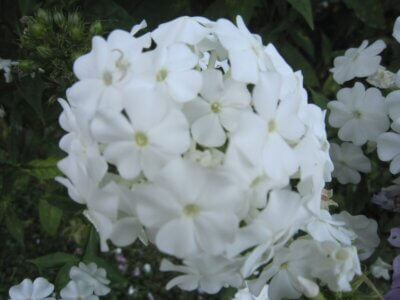 White phlox
White phlox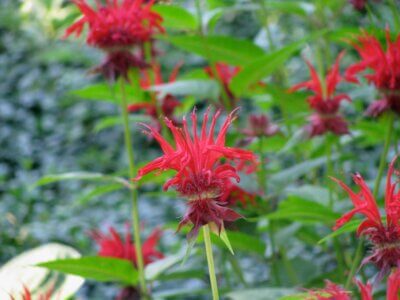 Monarda Jacob Cline
Monarda Jacob Cline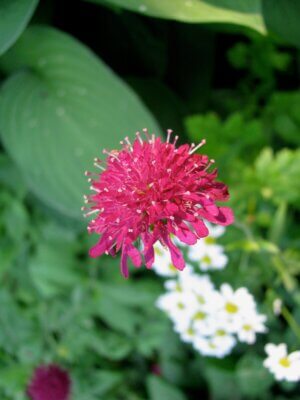 Knautia macedonica
Knautia macedonica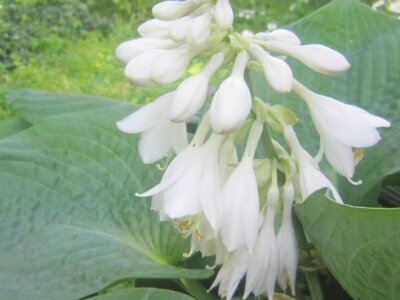 Hosta ‘Aphrodite’
Hosta ‘Aphrodite’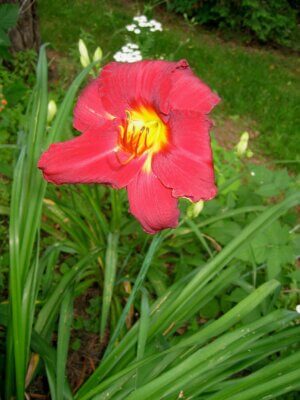 Hemerocallis ‘Chicago ruby’
Hemerocallis ‘Chicago ruby’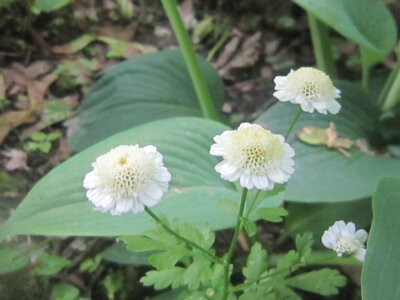 Feverfew ‘Virgo’
Feverfew ‘Virgo’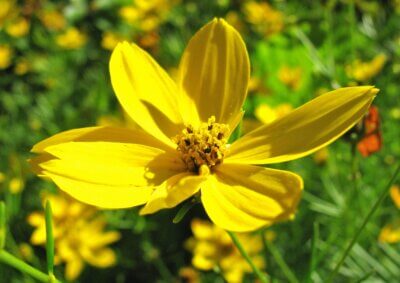 Coreopsis
Coreopsis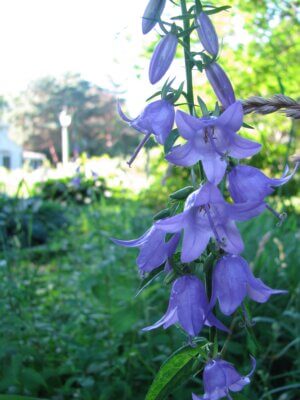 Campanula
Campanula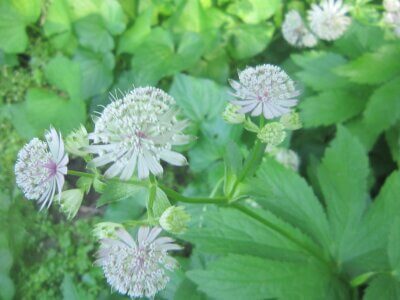 Astrantia
Astrantia
Now is the time when we anxiously await the first colors announcing spring in the garden.
It seems to take forever, but then, once those first ephemerals show, blooms appear like gangbusters. Next are flowering bulbs, then viburnums, lilacs, peonies, roses, baptisia, fruit trees and other shrubs.
We drink in the aromas and adore the welcome sight of colors. After this exciting flush comes the summer solstice. And then comes what I refer to as the lull. It takes some careful planning to make sure the show continues till autumn and our glorious foliage. I propose to offer some tried-and-true perennial suggestions to have in your garden to keep the show going.
You might notice a lot of pink, lavender, blue and soft yellow in the early months, but after is the time for the hot weather and the hot colors to take the stage. Lilies and daylilies in scarlet, orange and yellow. Golden coreopsis and rudbeckia, purple campanula and platycodon, deep red monarda, scarlet astrantias and bright pink cone flowers. White appears in the color scheme too, thank goodness, to tone down the excitement. I count on feverfew, which is a self-sowing perennial much like a small daisy but in clusters. Goose-necked loosestrife is a sculpturally interesting bloom which must be carefully monitored lest it take over but oh such fun.
Phlox paniculata will fill in here also. My favorite is David in pure white and less subject to the dreaded mildew. A clever hint is to use the Chelsea chop on the stems. This is named because it occurs near the Chelsea Flower Show in the U.K.
You should lop off the top third or so of each stem including any buds in early June. They will soon recover but be less lanky and the blooms should double. This technique is useful for asters and chrysanthemums as well. Stop cutting back by the Fourth of July. Phlox comes in other fuchsia and lavender shades.
Jacob Cline is my favorite monarda in brilliant red. It’s also a favorite of the ruby-throated hummingbirds. It is striking here, next to the fluffy white goat’s beard sprays which are very reliable. Mine are over 30 years old.
Rudbeckia goldsturm is a tried-and-true summer visitor. It is tidy and reliable, a nice edger in clumps. And please don’t forget coneflowers in white or pink. They bloom for much of the summer and the finches will thank you for the seed treats. Save cutting back till spring.
Nepeta or catmint is a low-growing, lavender, fragrant herb that responds well to cut backs and a quick recovery. Use it to edge beds. Bees love it.
We all love clematis. My favorites of the genus are the small bell-shaped ones. Olgae is a cultivar of soft blue and not a vining type. I support it in a tutor. Rogouchi is a striking purple, bell-shaped viner which blooms till frost. Plant it near the back door to amaze you every time you come in or out. Perle d’azure was a favorite of the English gardener Christopher Lloyd. It’s a pale blue vigorous climber in. Let it climb up your lilacs or provide a structure.
Coreopsis has a pale-yellow cultivar called moonbeam and also the deeper golden zagreb. With deadheading they will keep blooming for several weeks The rosea variety, though lovely, has proven to be more difficult for me to grow. Perhaps your green thumb will work better.
Astrantia hadspen blood is a well-known and popular scarlet variety. The pin-cushion type flowers are interesting, too. My most successful variety is a nearly white cultivar with just a hint of pink.
Speaking of pincushion flowers, knautia macedonica is a bright red see-through type with wiry stems that mixes well in the border. One is reminded of scabiosas.
Verbascum chaixii comes in white or often reverts to yellow. These spikes add interest to the perennial beds and easily self-sow. Some evening primroses (oenothera) add reliable color to your summer border. Long-lived and easily controlled by weeding.
Hostas can get overlooked but most bloom right now. I love the pure white blooms of aphrodite or guacamole. These are both plantaginea, heavily fragrant and are some of the last to bloom. The leaves are plain glossy green with no variegation.
These mid-summer blooms are good for fabulous bouquets also.
In 2008,Timber Press published a wonderful guide to timing blooms in the garden. It’s called “When Perennials Bloom.” It’s by Tomasz Anisko, curator of plants at Longwood Gardens. Each perennial entry has a small graph showing bloom times. I was easily able to verify my own perceptions of when things show in my garden. I’ve chosen the above for their mid-summer heartiness. I hope they give you some ideas in this planning stage of your gardens.
